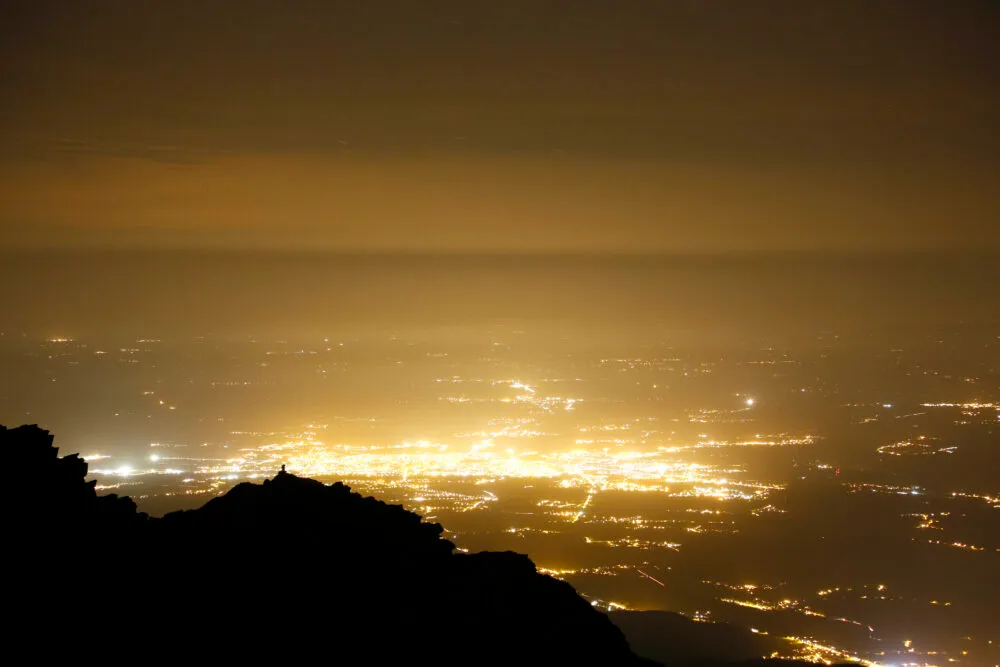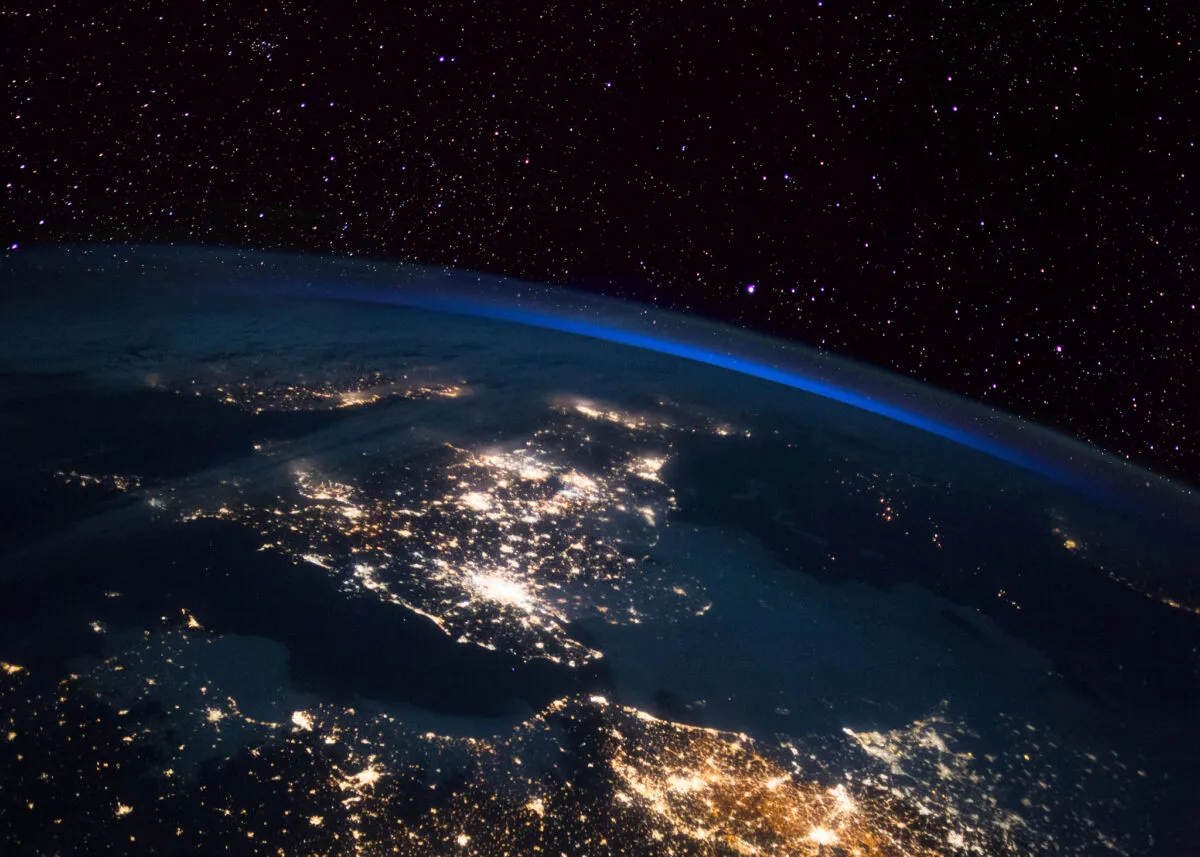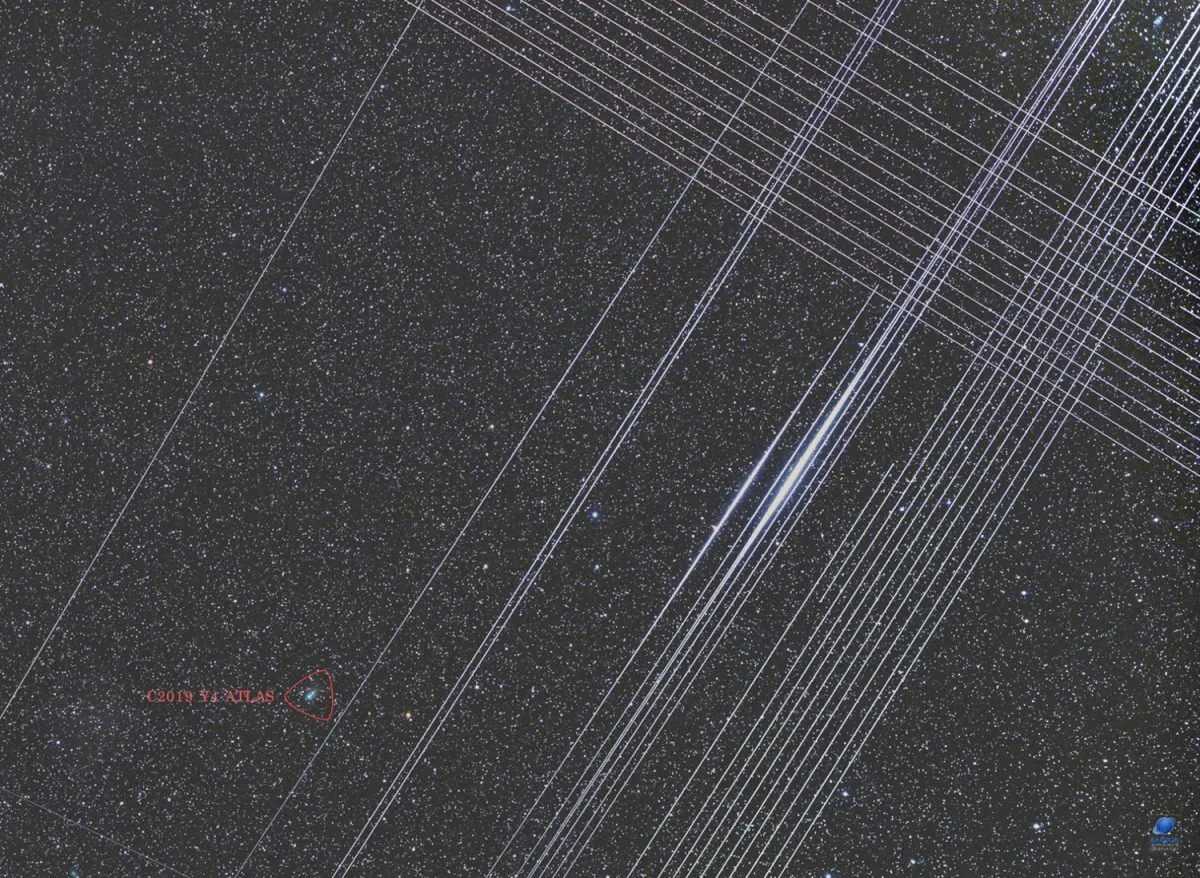The number of stars we can see in our night sky with the naked eye has reduced dramatically over the past decade because of an increase in artificial light, according to a newly-released report.
The study, led by Dr Christopher Kyba from the German Research Centre for Geosciences in Potsdam and published in the journal science.org, compiled data from thousands of observations by citizen scientists and astronomers over the past 12 years.
It found that some of the dimmest stars in the night sky are gradually being hidden from view.
The study reports a 10% annual increase in 'skyglow', a form of light pollution caused by artificial lighting such as those found in towns and cities.

Over 50,000 observations were submitted by citizen scientists, who used their naked eye to observe the dimmest stars in the night sky.
Using this data, the study authors were able to calculate the background brightness of the night sky over our heads. The brighter the sky, the brighter a star needs to be in order to be visible to the naked eye.
Data showed that between 2011 - 2022, sky brightness increased an average of 10% each year, and that it doubled within 8 years.
The study also says the increase in sky background is difficult to conclusively discern with current satellites, because the satellites' detectors can't see the blue light emitted by more modern artificial lighting, which is replacing older lamps.
Study authors say there is a need for satellites to be able to detect visible light in different colour bands.
"Looking at the International Space Station’s images and videos of Earth’s night hemisphere, people generally are only struck by the 'beauty' of the city lights, as if they were lights on a Christmas tree," the study authors said.

"They do not perceive that these are images of pollution. It is like admiring the beauty of the rainbow colours that gasoline produces in water and not recognising that it is chemical pollution."
The study also notes that, in the past, astronomers have moved their observatories away from towns and cities in order to escape the negative effects of light pollution, but that this solution has become less effective as artificial outdoor lighting continues to increase.
"To make things worse, thousands of satellites are being launched by a few corporations into low Earth orbits," the study says.
"This will prevent all humankind from admiring a pristine sky anywhere on the planet. The wilderness experience one can have in a national park at night, for example, may be increasingly affected by the glows of cities and satellite megaconstellations."

The study also notes issues around light pollution beyond our view of the night sky.
It points to negative impact on biodiversity and ecological systems, such as triggering changes in animal behaviour.
The study says increased light could give some predators a greater advantage over their prey, and that some species could be pushed to the threat of extinction.
"Attempts to control light pollution have been carried out in the past decades, including aiming light below the horizon plane. This approach is not sufficient because any new light, even if shielded, will add pollution to the night environment after being reflected off the surfaces being lit," the study says.
"New approaches that treat light as a true pollutant could include introducing total caps and red lines on its production that are based on the control of light pollution indicators, such as the night sky zenith luminance or the illuminance on the ground coming from the entire sky."
"Light pollution is an environmental problem and as such should be confronted and solved. This may restore the need for an uncontaminated night environment by animals and humankind."
Read the full report at www.science.org/doi/10.1126/science.adf4952
